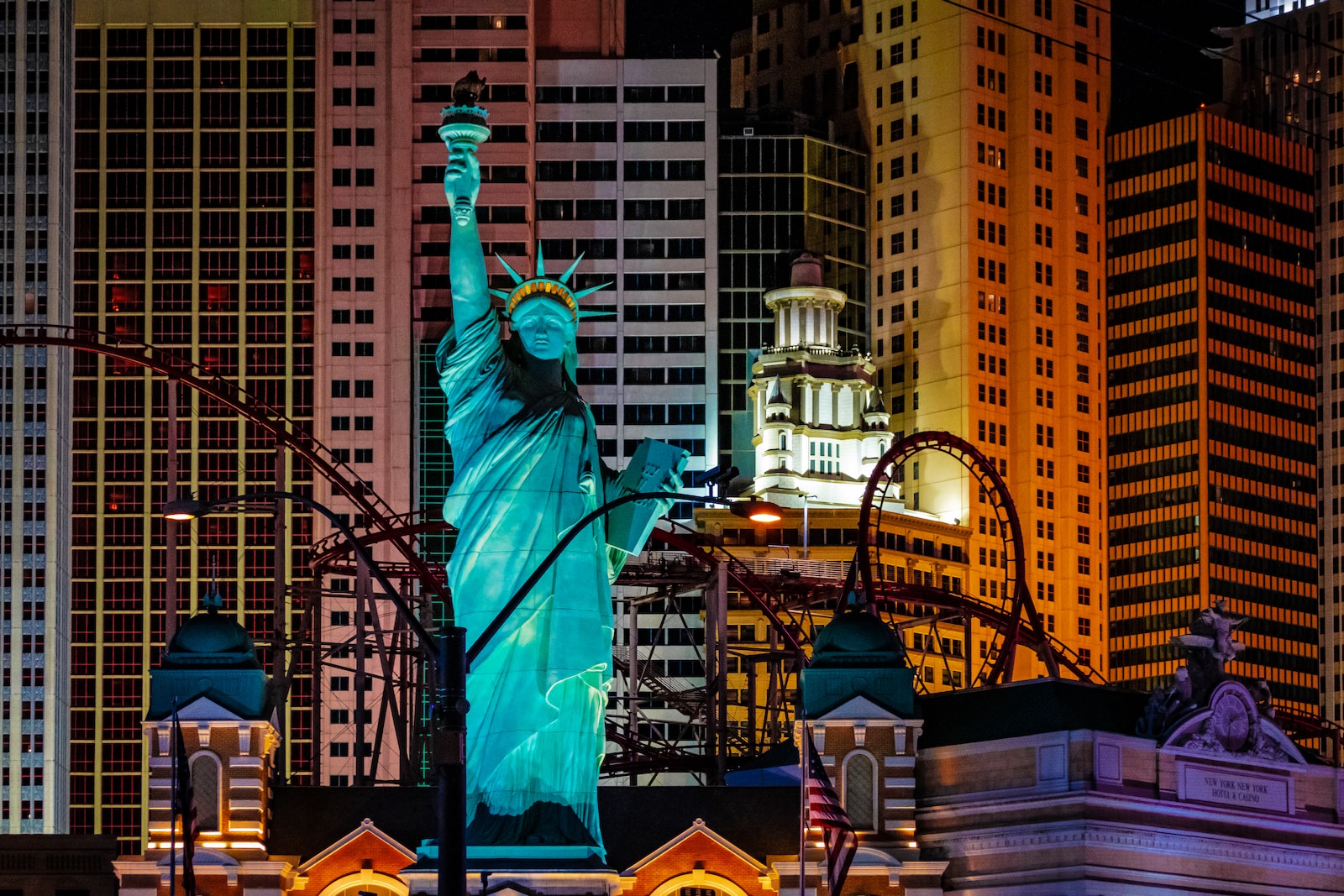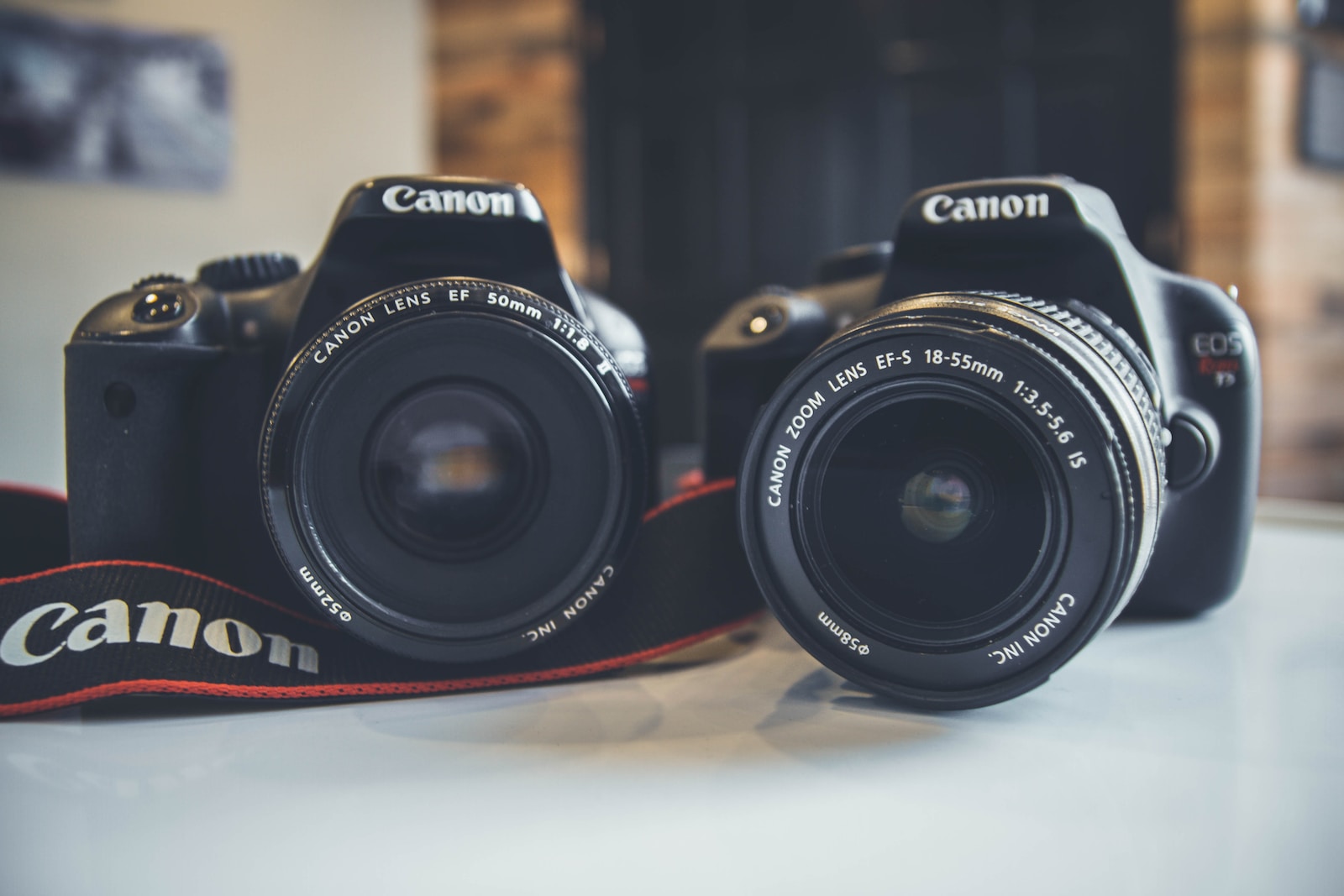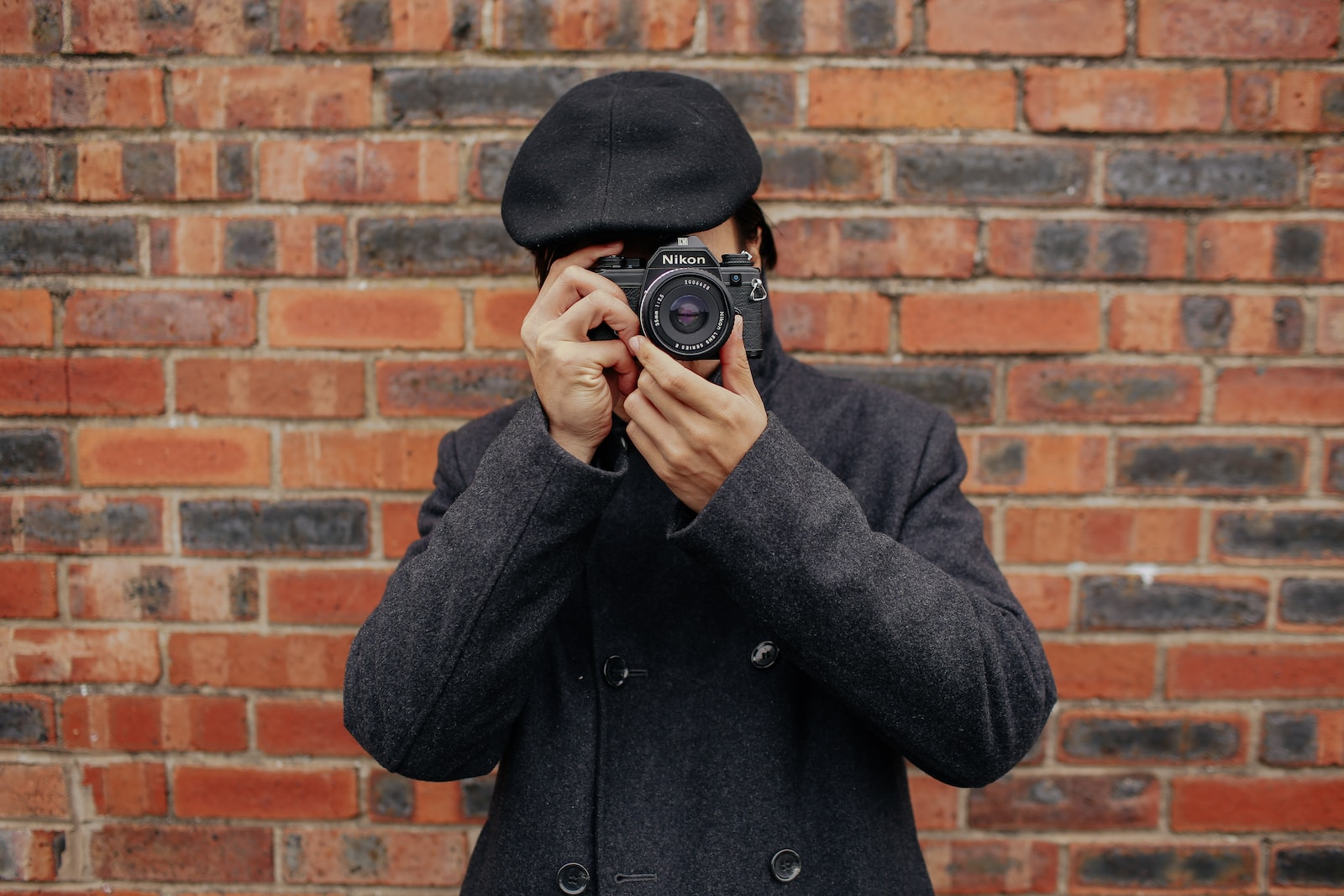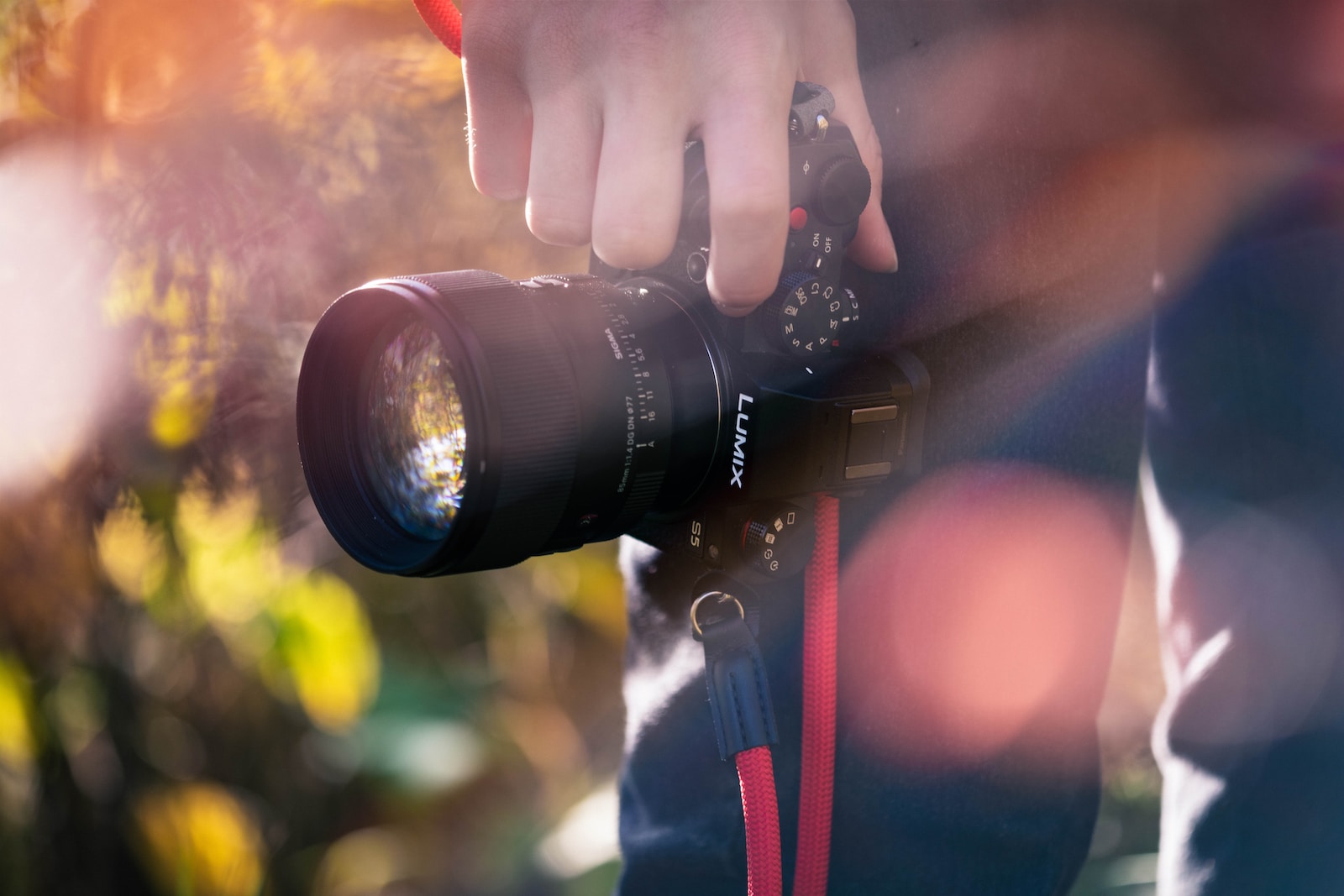Welcome to my blog where we delve into the world of photography and demystify the jargon of lens specifications. In this article, we will focus on one crucial aspect: focal length. By understanding focal length and its impact on your photos, you will be able to make informed decisions when it comes to choosing the right lens for your DSLR camera. Join me as we explore the fascinating world of focal length and unlock its secrets!
Table of Contents
- Understanding Lens Specs
- Understanding Focal Length: The Key to Capturing Stunning Photos
- The Basics of Focal Length
- The Influence of Focal Length on Perspective
- Focal Length and Magnification
- Frequently Asked Questions
- What is focal length?
- How does focal length affect my photos?
- What are the different types of focal length?
- Can I change the focal length of my lens?
- How do I choose the right focal length for my photography?
- What other lens specifications should I consider?
- Are DSLR lenses compatible with mirrorless cameras?
- Wrap Up
Understanding Lens Specs
Before we dive deeper, let’s start with the basics. Focal length refers to the distance between the lens and the image sensor when the subject is in focus. It is typically measured in millimeters (mm). A lens with a shorter focal length captures a wider field of view, while a lens with a longer focal length narrows the field of view, resulting in magnification.
The Impact on Perspective
Did you know that focal length has a significant impact on the perspective of your photos? When using a wide-angle lens with a short focal length, such as 24mm, you can enhance the sense of depth and capture a broader expanse of the scene. On the other hand, a longer focal length, like 200mm, compresses the perspective, making distant objects appear closer together. Understanding this can help you convey different emotions and tell unique visual stories.
Focusing on Aperture
Aperture, the opening in the lens, also plays a role in determining the impact of focal length on your photos. When shooting with a wider aperture (smaller f-number), you can achieve a shallow depth of field, isolating the subject from the background. This effect becomes more pronounced when using longer focal lengths. Conversely, using a smaller aperture (larger f-number) increases the depth of field, resulting in more elements in focus throughout the image.
Choosing the Right Focal Length for the Shot
Now that we understand how focal length affects perspective and depth of field, let’s discuss some practical tips for choosing the right focal length for your desired shot:
- Consider the subject: Different focal lengths work better for specific subjects. For landscapes, wide-angle lenses with shorter focal lengths excel at capturing vast vistas. Portraits, on the other hand, benefit from a longer focal length to create a pleasing compression and avoid distortion.
- Experiment and learn from experience: Don’t be afraid to try different focal lengths and observe the results. Through experimentation, you’ll develop an eye for the effect each focal length has on your images and be able to choose the ideal lens for any given situation.
- Take into account any restrictions or limitations: Factors such as physical space, accessibility, and available lighting conditions may influence your choice of focal length. Be adaptable and make the most out of the equipment at your disposal.
Did you know that the human eye is equivalent to a lens with a focal length of approximately 22mm?
The Versatility of Zoom Lenses
Zoom lenses offer a wide range of focal lengths within a single lens, providing photographers with exceptional versatility. They allow you to quickly adapt to different situations without the need to swap lenses constantly. However, it’s essential to understand that zoom lenses often sacrifice some image quality compared to prime lenses. The choice between zoom and prime lenses ultimately depends on your shooting style and specific needs.
Getting Creative with Focal Length
Now that you have a good grasp of focal length and its impact on your photos, it’s time to explore the creative possibilities. By deliberately choosing a specific focal length, you can enhance the mood, emphasize details, or tell a captivating visual story. Remember that photography is an art form, and understanding how to play with focal length gives you another tool in your creative arsenal.
Understanding Focal Length: The Key to Capturing Stunning Photos
As a photographer, understanding the intricacies of lens specifications is crucial to capturing the perfect shot. One of the most important aspects of lens specs is the focal length. Focal length refers to the distance between the lens and the camera’s image sensor when the subject is in focus. It plays a significant role in determining the magnification and perspective of the photos you capture. In this article, we will demystify the jargon surrounding lens specs and focus on the impact of focal length on your photography.
The Basics of Focal Length
Before diving into the details, it’s important to understand the basics of focal length. Expressing focal length in millimeters, lenses can be categorized into three main types: wide-angle, standard, and telephoto. Wide-angle lenses, typically ranging from 14mm to 35mm, offer a broader field of view and are perfect for capturing expansive landscapes or architecture. Standard lenses, with a focal length around 50mm, mimic the human eye’s perspective, making them ideal for everyday photography. Lastly, telephoto lenses, exceeding 70mm, bring distant subjects closer and are well-suited for sports or wildlife photography.
Now that we understand the different types of lenses, let’s explore how focal length affects the photos you capture.
The Influence of Focal Length on Perspective
One of the main impacts of focal length on your photos is its effect on perspective. Wide-angle lenses have a shorter focal length and therefore create a greater sense of depth and a wider field of view. This can lead to a distortion known as barrel distortion, where subjects towards the edges of the frame appear stretched or curved. On the other hand, telephoto lenses compress the distance between objects, giving the impression that the background is closer to the subject. This compression creates a shallow depth of field and a smooth, blurred background, making the subject stand out.
Understanding the perspective created by different focal lengths allows you to manipulate your compositions creatively. Experiment with various focal lengths to capture unique and captivating shots.
Focal Length and Magnification
Another crucial consideration when it comes to focal length is magnification. As the focal length increases, the subject appears larger in the frame, even if the photographer maintains the same distance from the subject. This can be particularly useful when photographing wildlife or distant subjects, as telephoto lenses allow you to capture details that may not be visible to the naked eye.
However, it’s essential to note that with an increased focal length, there is often a trade-off in terms of the lens’ maximum aperture. Longer focal length lenses tend to have smaller maximum apertures, resulting in less light reaching the camera’s sensor. This can impact the overall image quality, especially in low-light conditions.

Frequently Asked Questions
What is focal length?
Focal length is the distance between the lens and the camera’s image sensor when the subject is in focus. It is usually measured in millimeters (mm).
How does focal length affect my photos?
The focal length determines the field of view and magnification of the lens. A shorter focal length provides a wider field of view, ideal for capturing landscapes or group shots. Conversely, a longer focal length offers a narrower field of view, enabling you to zoom in closer to the subject.
What are the different types of focal length?
Focal lengths can be broadly divided into three categories: wide-angle, standard, and telephoto. Wide-angle lenses have shorter focal lengths (usually below 35mm) and capture a broader scene. Standard lenses (around 50mm) offer a similar field of view to what the human eye sees. Telephoto lenses have longer focal lengths (above 70mm) and bring distant subjects closer.
Can I change the focal length of my lens?
It depends on the type of lens you are using. Some lenses, called zoom lenses, allow you to change the focal length by rotating the zoom ring. Other lenses, known as prime lenses, have a fixed focal length and cannot be adjusted.
How do I choose the right focal length for my photography?
Consider the type of photography you want to pursue. For wide landscapes or architecture, a wide-angle lens would be suitable. If you’re interested in portraits, a standard or telephoto lens can help you achieve flattering results. Experimenting with different focal lengths will provide a better understanding of each lens’s characteristics and help you determine your preferences.
What other lens specifications should I consider?
While focal length is an essential factor, other lens specifications like aperture, image stabilization, and lens quality also impact the overall image quality. Understanding these specifications will aid you in selecting the right lens for your specific needs.
Are DSLR lenses compatible with mirrorless cameras?
Not all DSLR lenses are compatible with mirrorless cameras directly. However, with the use of lens adapters, you can often mount DSLR lenses onto mirrorless camera bodies. Keep in mind that using an adapter may result in some functionality limitations.
Wrap Up
Understanding lens specifications doesn’t have to be an intimidating task. By grasping the concept of focal length, you can gain greater control over the photos you capture. Remember, a shorter focal length gives you a wider angle of view, while a longer focal length brings distant subjects closer. Use this knowledge to your advantage and experiment with different lenses to achieve the desired composition. Don’t forget to consider your specific photography needs and style when selecting the right lens for your DSLR. And as always, if you have any questions or insights to share, feel free to leave a comment below. Happy shooting!



